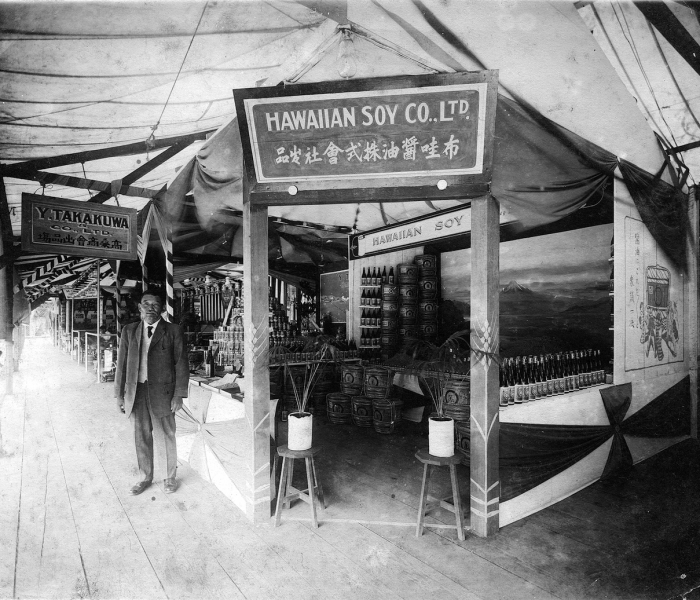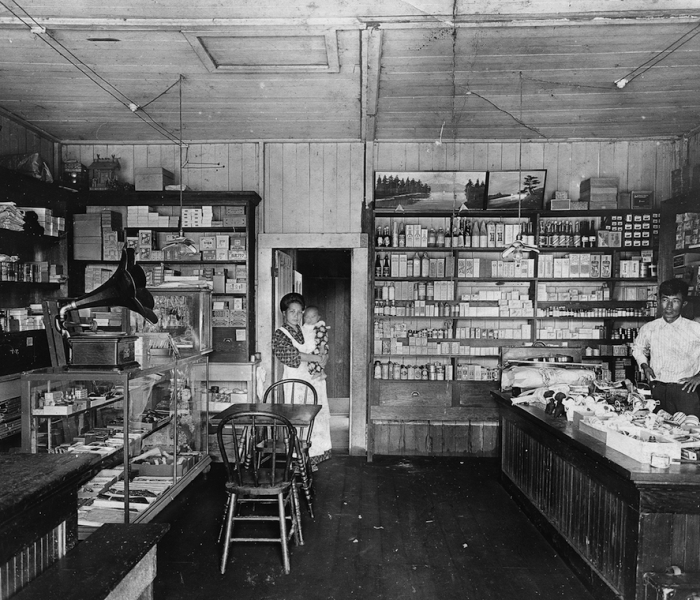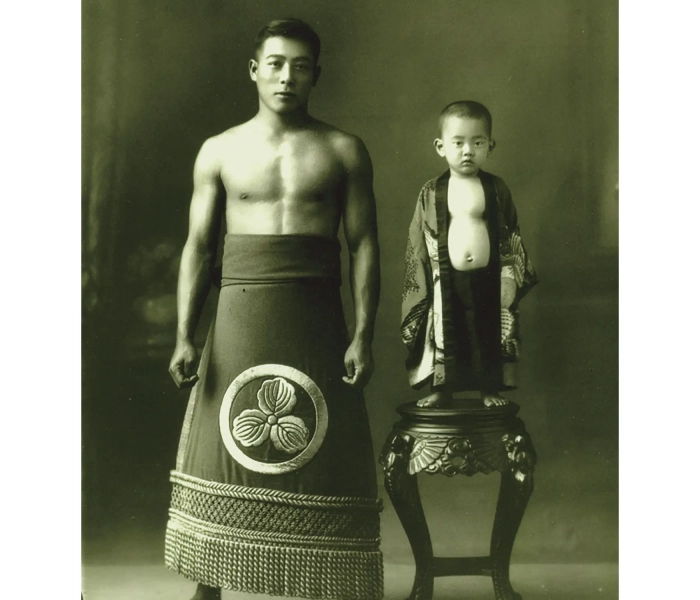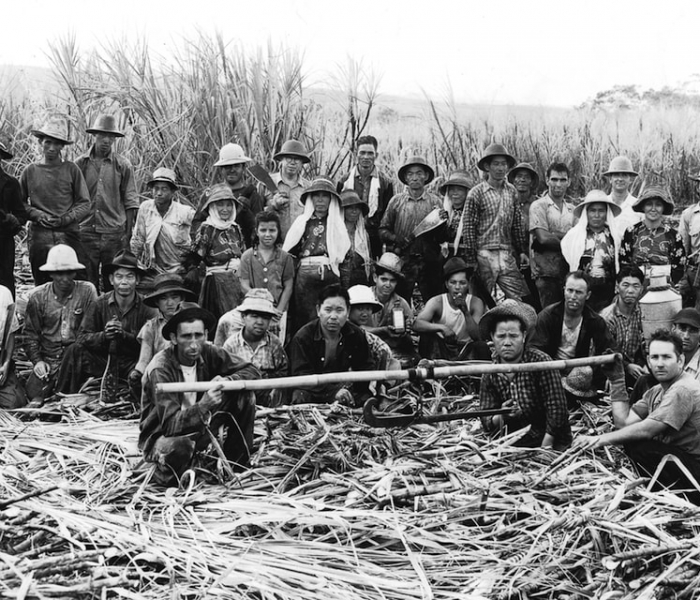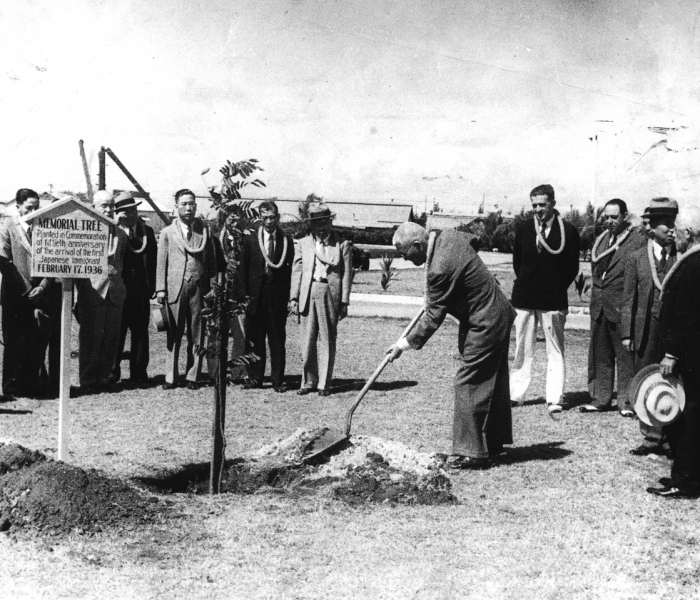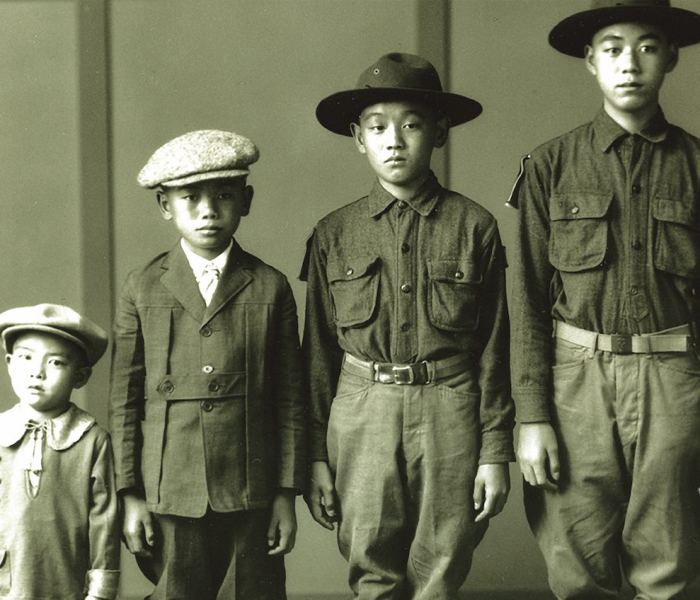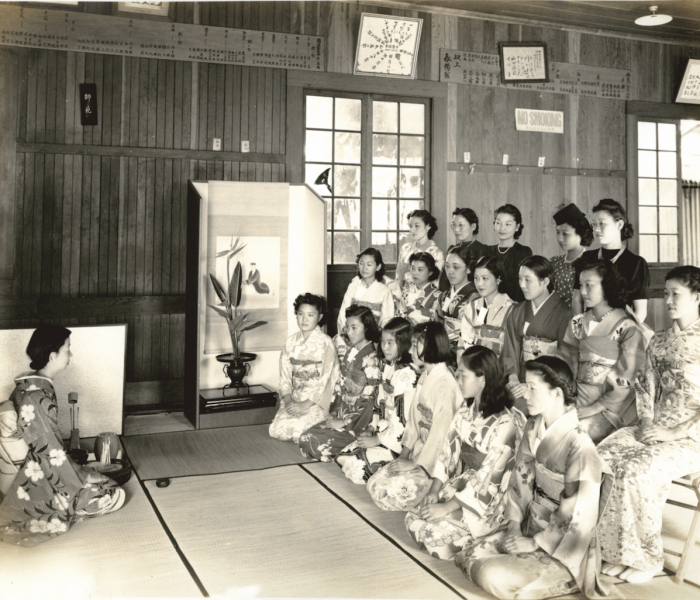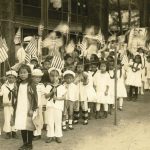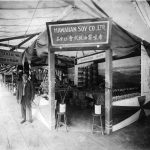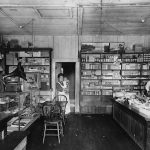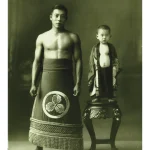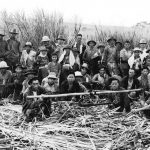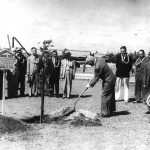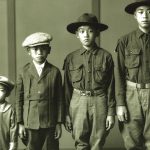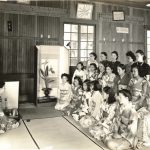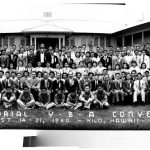Early Blending of Cultures
As the first generation of Nikkei (known as Issei) completed their contracts, some left the plantations to earn more money and have a better life. Some established small businesses that sold goods or provided services to a growing Nikkei community. Issei who remained on the plantations fought for better wages and treatment and participated in labor strikes.
By the 1910s, many Issei men decided to stay in Hawaii and wrote home to find “picture brides,” women they had never met who came to Hawaii to marry them.
The Nisei (second generation) found themselves closely associating with and learning the culture of native Hawaiians as well as those of the Chinese, Portuguese, and Filipinos who had also been brought to Hawaii to work on the plantations. The blending of these various cultures began to appear in foods, attire, language, education, and social activities.
While the Issei taught Japanese traditions and values, their Nisei children were U.S. citizens who learned American ways. Within a generation, the Americanization of the Nisei within the context of the Hawaiian culture had been established.

